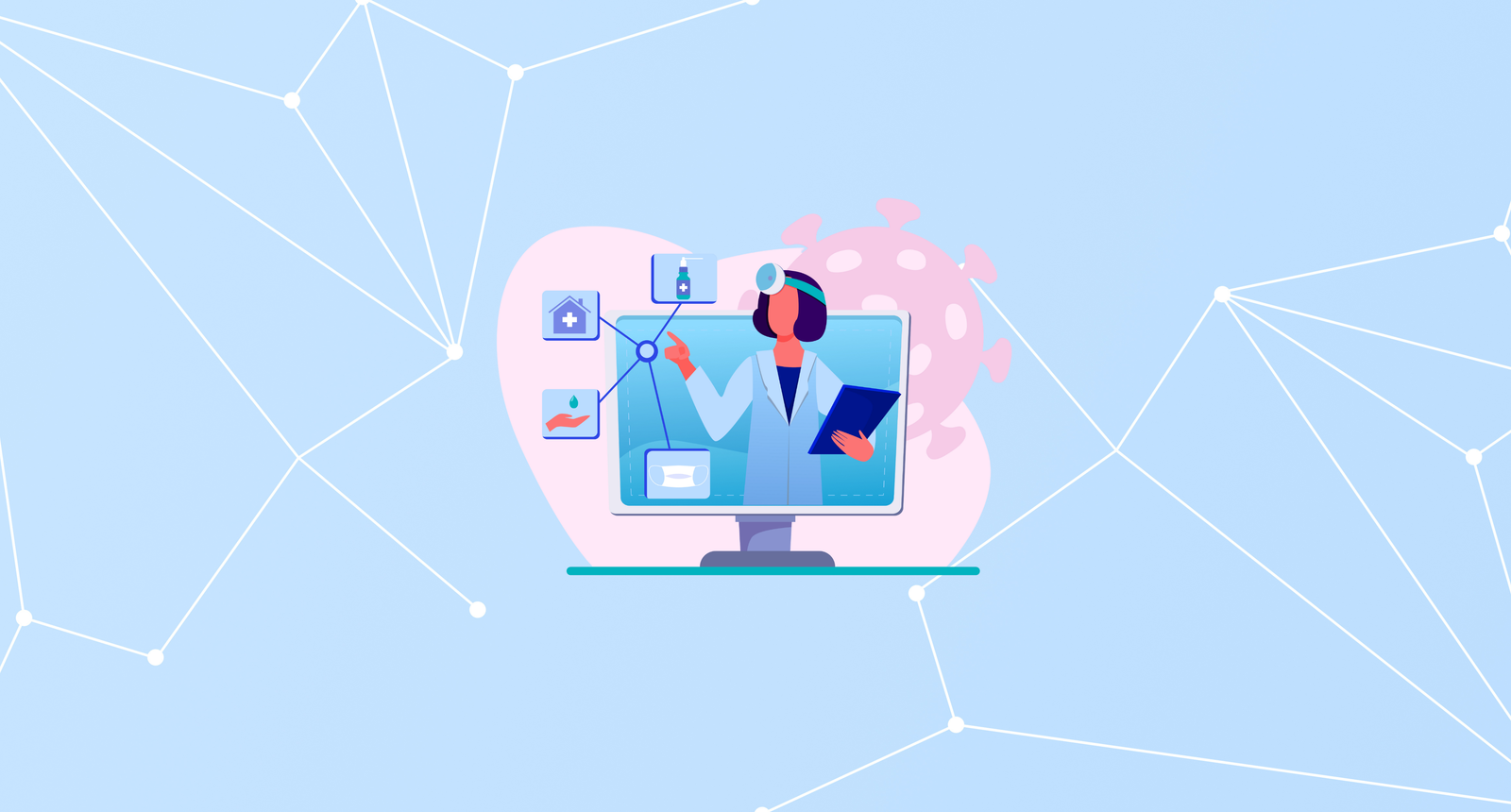The Most Popular Types of Software Used in Healthcare!

Introduction
In the world of advanced technology, software plays a crucial role in various industries, and healthcare is no exception. Popular types of software used in healthcare have revolutionized the way medical professionals manage patient records, streamline operations, and improve overall patient care.
Let’s explore the different types of software solutions that have become essential in the healthcare industry, allowing healthcare providers to deliver efficient and effective services.
In a dynamic business environment, scalability is crucial. IT services provide the flexibility to scale up or down your resources based on changing business needs. Cloud services, for instance, allow seamless expansion of storage and computational power

Serana Belluci
Product Designer
1. Electronic Health Record (EHR) Software
Electronic Health Record (EHR) software has emerged as a cornerstone in the healthcare industry. It allows healthcare professionals to store, manage, and access patient records electronically. EHR software offers numerous advantages, such as improved data accuracy, enhanced patient safety, and increased efficiency in record retrieval. With EHR software, medical practitioners can access complete patient details, including medical history, diagnoses, medications, and test results, all in one centralized location.
2. Picture Archiving and Communication System (PACS)
A Picture Archiving and Communication System (PACS) is another vital type of software widely used in healthcare. PACS facilitates the storage, recovery, and allocation of medical images, such as X-rays, MRIs, and CT scans. This software eliminates the need for physical film and provides healthcare professionals with instant access to images for diagnosis and treatment planning. PACS streamlines the image-sharing process between different departments and healthcare facilities, improving collaboration and reducing delays in patient care.
3. Hospital Management Systems (HMS)
Hospital Management Systems (HMS) software has revolutionized the administrative and operational aspects of healthcare facilities. This comprehensive software solution assists in managing various departments, including patient registration, appointment scheduling, billing, inventory management, and staff scheduling. HMS software enhances efficiency by automating routine tasks and reducing paperwork, allowing healthcare providers to focus more on patient care.
4. Telemedicine Software
With the advanced technology & features, telemedicine has become most popular in recent years. Telemedicine software helps remote patient consultations, where healthcare professionals can provide medical advice, diagnosis, and treatment through video conferencing or secure messaging platforms. This software has particularly been valuable in rural areas, providing access to healthcare services for patients who would otherwise face challenges due to geographical barriers. Telemedicine software has also played a crucial role during the COVID-19 pandemic, minimizing the risk of exposure and ensuring continuity of care.
5. Laboratory Information System (LIS)
Laboratory Information System (LIS) software streamlines the operations of medical laboratories by managing and tracking laboratory test orders, results, and quality control. LIS software enhances the accuracy and efficiency of laboratory workflows, reducing manual errors and enabling quick retrieval of test results. This software integrates with other healthcare systems, such as EHRs, ensuring seamless communication between healthcare providers and laboratories.
6. Practice Management Software
Practice Management Software is designed to streamline the administrative and financial tasks of medical practices. It helps manage patient appointments, billing, claims processing, and revenue cycle management. This software improves efficiency by automating tasks like appointment reminders, insurance verification, and claim submissions. Practice Management Software enables healthcare providers to focus on delivering quality care while ensuring the smooth operation of their practices.
7. Health Information Exchange (HIE)
Health Information Exchange (HIE) software facilitates the secure sharing of patient information between different healthcare organizations. It allows healthcare providers to access crucial patient data from other facilities, including medical history, allergies, medications, and test results. HIE software promotes care coordination and collaboration, ensuring that healthcare professionals have comprehensive and up-to-date information when making critical medical decisions.
8. Medical Billing Software
Medical Billing Software simplifies the process of billing and coding in healthcare facilities. This software automates the generation of medical bills, tracks payments, and manages insurance claims. Medical billing software ensures accuracy in financial transactions and reduces the risk of billing errors. It also helps healthcare providers maintain compliance with billing regulations and improves revenue cycle management.
9. Patient Engagement Software
Patient engagement software is designed to enhance communication & interaction between healthcare providers and patients. This software includes features such as patient portals, appointment reminders, secure messaging, and health education resources. It motivates patients to actively participate in their healthcare journey, access their medical records, schedule appointments, and communicate with their healthcare providers. It empowers patients to take control of their health and promotes better engagement, leading to improved health outcomes.
10. Decision Support Systems (DSS)
Decision Support Systems (DSS) software assists healthcare professionals in making informed clinical decisions. These systems analyze patient data, medical research, and best practices to provide recommendations and alerts to healthcare providers. DSS software helps in diagnosing diseases, selecting appropriate treatments, and identifying potential risks. It improves the accuracy of diagnoses, reduces medical errors, and enhances patient safety.
11. Medical Imaging Software
Medical imaging software is specifically designed for the interpretation and analysis of medical images. It includes advanced tools for image visualization, manipulation, and measurements. Medical imaging software is used by radiologists and other healthcare professionals to interpret imaging studies and provide accurate diagnoses. It enables the integration of imaging data with patient records and facilitates collaboration among healthcare providers for more comprehensive care.
12. Pharmacy Management Software
Pharmacy management software automates and streamlines the operations of pharmacies, including medication dispensing, inventory management, and prescription processing. This software ensures the accurate tracking of medications, reduces errors in dispensing, and helps pharmacists monitor drug interactions and allergies. Pharmacy management software also facilitates electronic prescribing and improves communication between healthcare providers and pharmacies.
13. Mobile Health (mHealth) Applications
Mobile health applications, or mHealth apps, have gained popularity with the widespread use of smartphones and tablets. These apps provide a range of healthcare services, including medication reminders, symptom tracking, fitness monitoring, and access to health information. mHealth apps empower individuals to take control of their health and promote wellness. These apps can be used for personal health management as well as remote patient monitoring, allowing healthcare providers to track patients’ health conditions and provide timely interventions.
14. Artificial Intelligence (AI) in Healthcare
Artificial Intelligence (AI) has made significant advancements in healthcare, contributing to the development of creative software solutions. AI-based software can analyze vast amounts of patient data, identify patterns, and make predictions to support clinical decision-making. AI-powered chatbots and virtual assistants can provide basic medical information and assist patients in finding relevant healthcare services. AI technology is also being utilized in medical imaging analysis, drug discovery, and personalized medicine.


